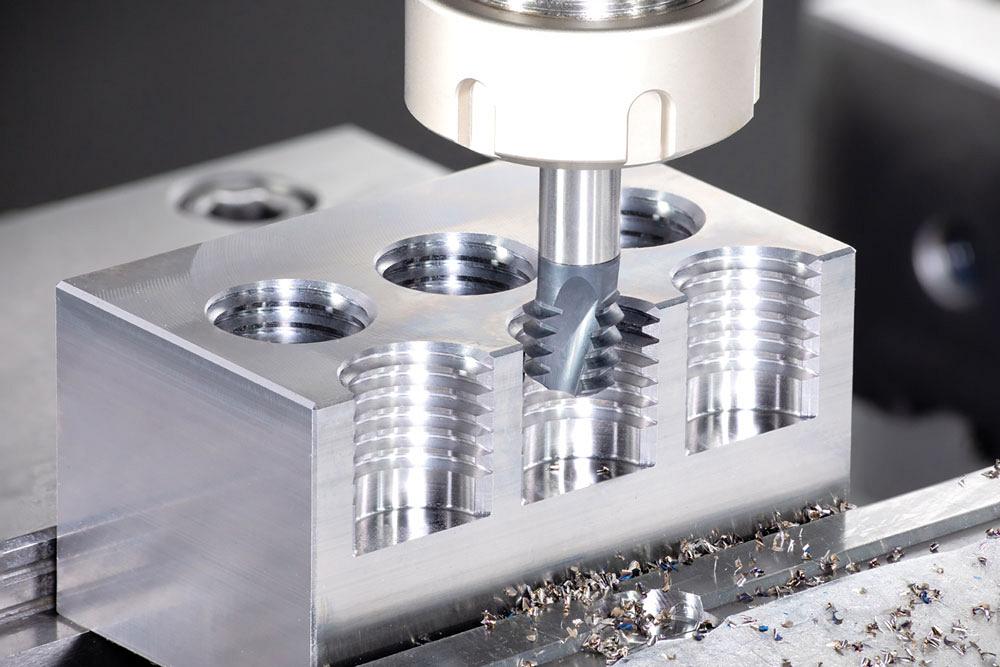The catalyst for thread milling entering the mainstream in thread production can often be traced back to four factors: a need to produce threads in hard materials, a need for tight tolerances, creating different threads with a single tool, and the need to create expensive parts that can’t be ruined by a broken tap. Canadian Metalworking (CM) asked tooling experts Marlon Blandon, thread milling product manager at EMUGE-FRANKEN USA, and Yuri Sorkin, product manager - thread turning, thread milling, and taps at ISCAR, for their advice. Here’s what they had to say.
CM: How can a mistake in tool selection ruin your internal thread milling process? Selecting the proper tool for internal threads starts by knowing the material you are cutting. This knowledge will help determine if you want to use a tap or a thread mill to make the internal threads. With a tap, you must select the proper geometry for the material substrate to cut, rake angle of the cutting face, flute angle, and chamfer style.
The proper flute style for proper chip evacuation, depending on the hole shape (through or blind), and threading depths is an important attribute to be aware of. Material hardness and tensile strength are also important to know when thread milling is the thread cutting method of choice. However, it is not as important for selecting the best cutting geometry as it is for helping you determine the best programming approach, where the value of each radial engagement or number of cut passes you .


















